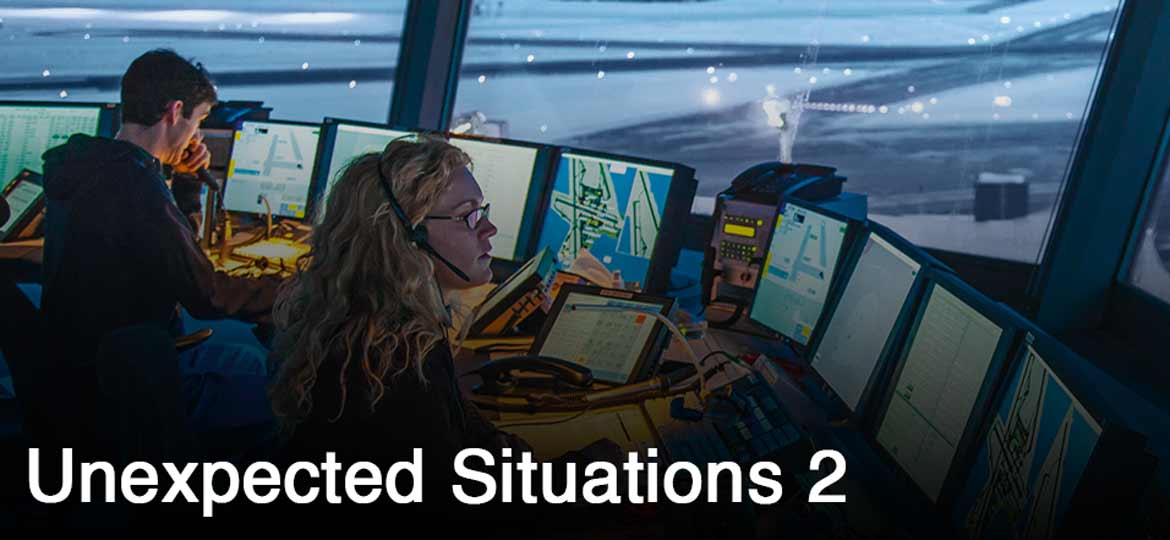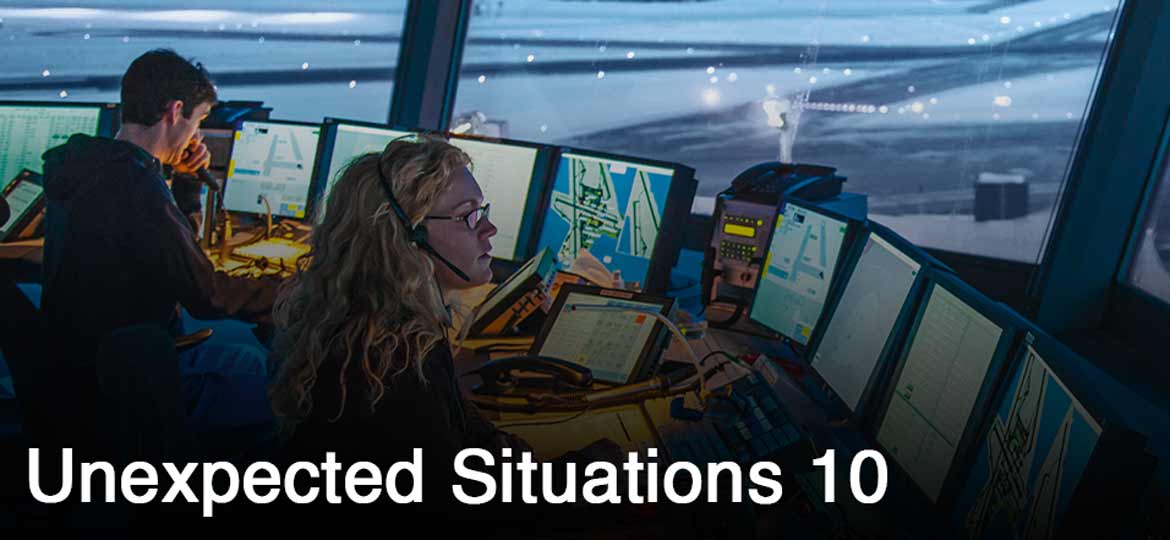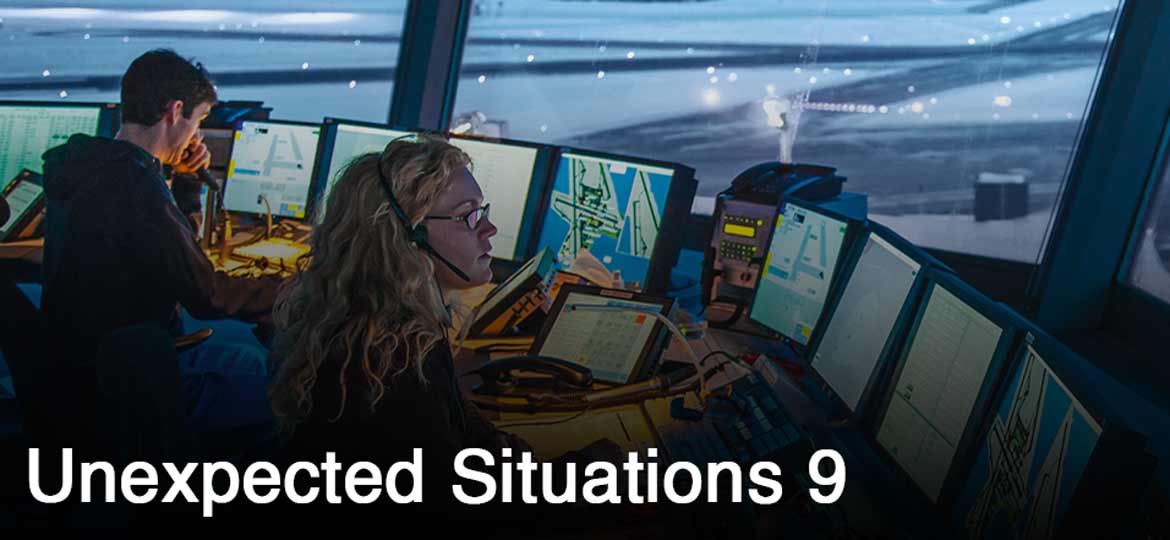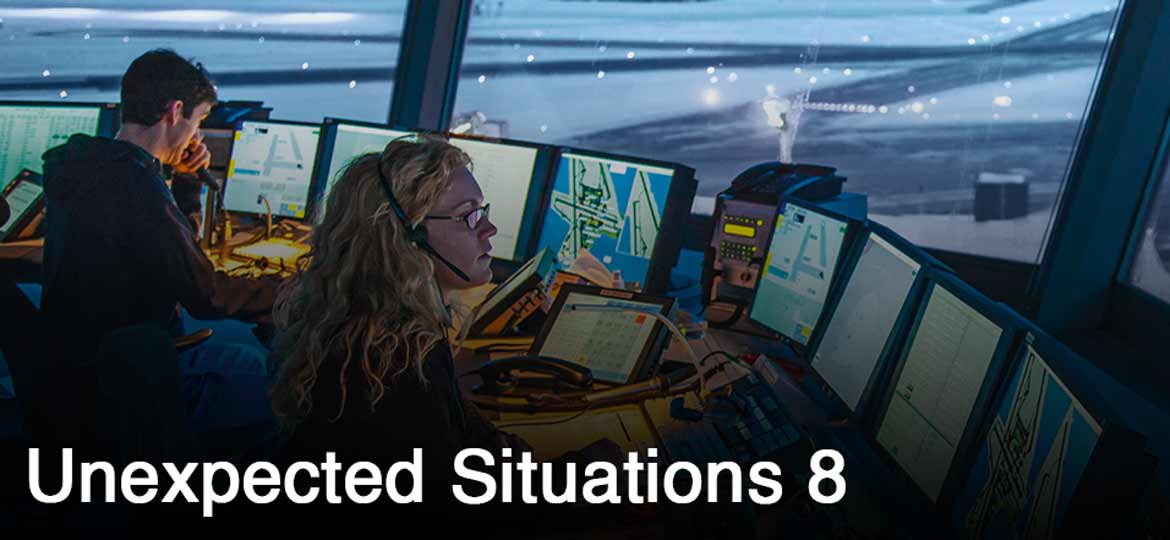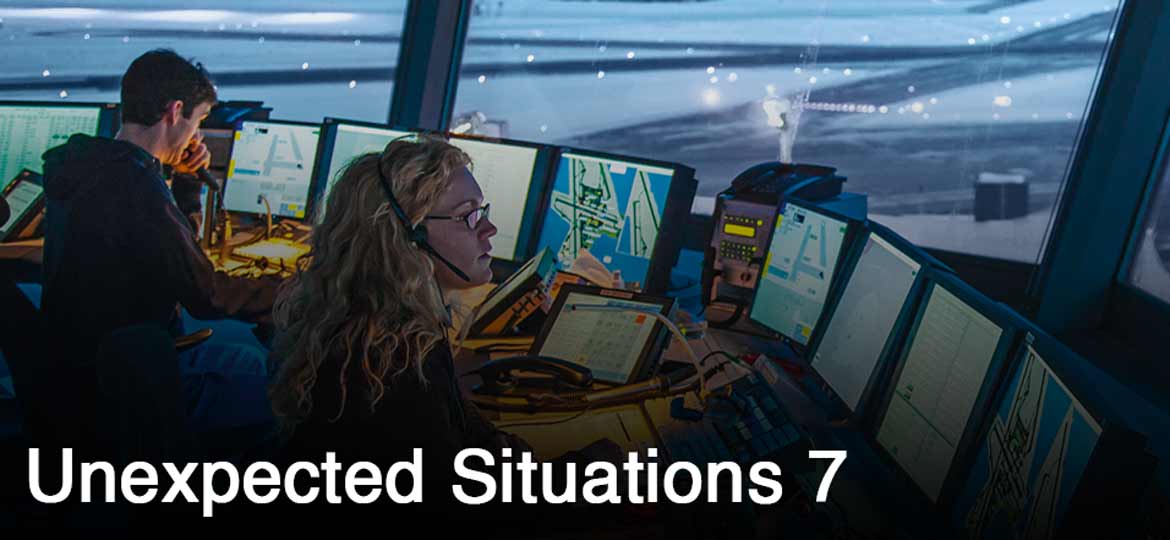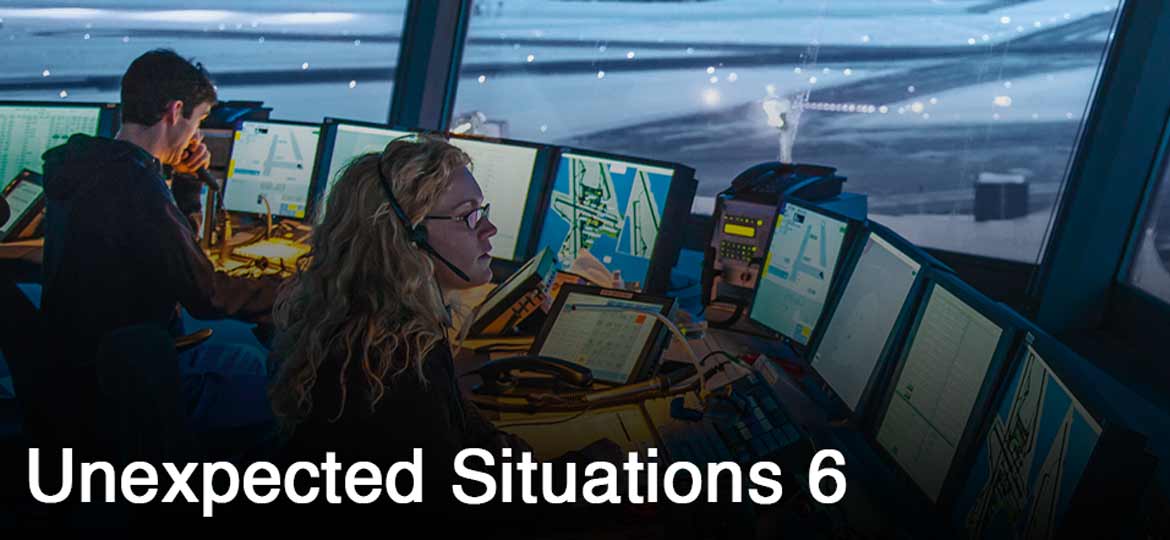Part 3: You will listen to three different communications between pilots and air traffic Controllers. The recordings will be played twice. there is a five-second pause before the recording is repeated. After listening to the recording, you should tell everything that the pilot and the controller said.
Situation 1
ATC
Pilot
ATC
Now tell me, in your own words, everything that the pilot and the controller said.
Suggested Answer
What would you do if you faced total FMS failure in flight?
Suggested Answer
Nowadays, the Flight Manager System – FMS, is a crucial component of modern aircraft that provides navigation, flight planning, and management capabilities.
Despite of I’ve never gone through a situation like that, I guess when it fails, the crew may resort and rely on alternate procedures to ensure a safe flight such as:
Traditional navigation methods, also known as RAW DATA, which involve using magnetic compasses, directional gyro and ground-based navigation aids (VOR/DME).
In addition, the crew may communicate with ATC to inform them about the situation, their intentions, and request vectors to the nearest suitable airport or even to the own destination as flight plan filled, if applicable.
Situation 2
Pilot
ATC
Now tell me, in your own words, everything that the pilot and the controller said.
Suggested Answer
What can pilots do when they lose both engines in flight?
Suggested Answer
Despite of I’ve never had such situation, I imagine that losing both engines in flight is a challenging and dangerous situation for any pilot.
However, pilots are trained to handle emergencies and have specific procedures to follow when facing such a scenario, such as:
Focus to maintain control of the aircraft and prevent any loss of control or aerodynamic stall.
As soon as the engines fail, the pilot should immediately declare an emergency to air traffic control.
furthermore, the crew should attempt to identify the cause of the engine failure and explore possible solutions if any exist.
if not possible to relit the engines, they should attempt to execute a controlled landing, using the best available landing spot.
The aim is to minimize impact forces and keep the aircraft in a stable and level attitude during touchdown.
Situation 3
Pilot
ATC
Now tell me, in your own words, everything that the pilot and the controller said.
Suggested Answer
What does it mean to be under radar vectors?
Suggested Answer
Being “under radar vectors” refers to a specific type of air traffic control service provided to the aircraft.
When an aircraft is under radar vectors, it means that the ATC is providing navigational guidance to the pilot by issuing heading instructions, typically to direct the aircraft along a specific flight path.
In addition, Radar vectors are commonly used during arrivals and departures at busy airports and in adverse weather conditions when a precise navigation is required.
Now, considering the three situations you have heard in part three:
How would you compare them? You may want to compare them in terms of severity, possible solutions and ways of prevention. Which one do you think is the most difficult to deal with? Why?
Suggested Comparison Answer
In my point of view, the situation Number 2 – having malfuction or losing both engines in flight – is the most dangerous situation to handle, because if the engines flame out completely, and to get worst, the pilots are unable to restart them, the possibility of an emergency landing or ditching will be extremely imminent.
Especially if they are flying at night over a remote area, in the middle of nowhere, with no suitable airports or available landing spot nearby.
Unfortunately, in this critical situation, the chances of ending up in a catastrophe are in high level.
Not to mention, that the rescue services would have a lot difficulties and setbacks in reaching the accident area to find survivors.
The situation number 3 – Going through electronic navigation system failure is much easier than situation number 2.
However it’s still a little complicated because the pilots will certainly lose a lot of important flight information and they will have to rely on the controller’s instructions to get vectors to the nearest available airport to land safely.
Off course, it would be a complex situation to manage with a plenty of workload and also some risks.
And last but not least, situation number one, unreliable FMS information, is almost similar to situation number three, as pilots can check and cross check information with the controller and ask for vectors to continue the flight normally.
There are not so many risks!
All things considered, I would say that to avoid all three situations, the best thing to be done is to have regular preventative maintenance checks.
Se você gostou desse post do Call to Fly, divulgue utilizando os canais de Mídia!!
Abraço!! Rumo ao topo!
Leandro Araujo
